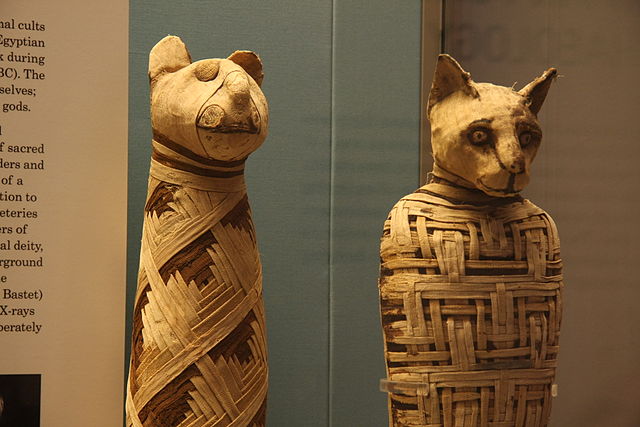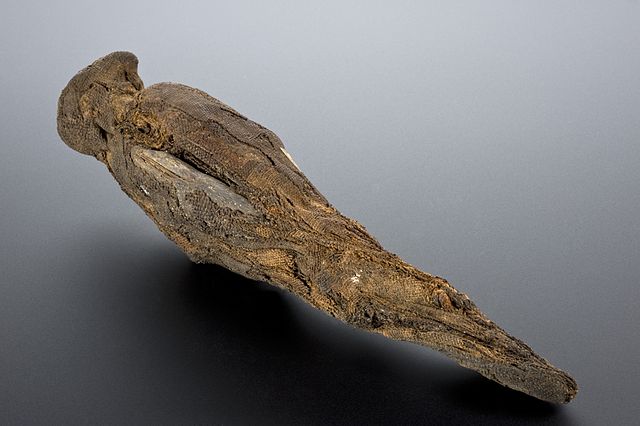Disembowelment, disemboweling, evisceration, eviscerating or gutting is the removal of organs from the gastrointestinal tract, usually through an incision made across the abdominal area. Disembowelment is a standard routine operation during animal slaughter. In ancient Rome, disembowelment of animals was practiced for divination, and was known as haruspicy. Disembowelment of humans may result from an accident, but has also been used as a method of torture, execution, or suicide. In such practices, disembowelment may be accompanied by various forms of torture or the removal of other vital organs.
Disemboweling a fish during food preparation
Swine inspection by USDA of disemboweled hogs
Deer hunter in the state of Michigan in the United States field-dressing a deer
Men cleaning, dressing, gutting and cutting chickens in the Philippines
Animal mummification was common in ancient Egypt. Animals were an important part of Egyptian culture, not only in their role as food and pets, but also for religious reasons. Many different types of animals were mummified, typically for four main purposes: to allow people's beloved pets to go on to the afterlife, to provide food in the afterlife, to act as offerings to a particular god, and because some were seen as physical manifestations of specific deities that the Egyptians worshipped. Bastet, the cat goddess, is an example of one such deity. In 1888, an Egyptian farmer digging in the sand near Istabl Antar discovered a mass grave of felines, ancient cats that were mummified and buried in pits at great numbers.
Egyptian mummies of animals in the British Museum.
Mummy of a peregrine falcon
Animal mummy containing dog bones, Metropolitan Museum of Art
The Obsequies of an Egyptian Cat, by John Reinhard Weguelin (1886).








